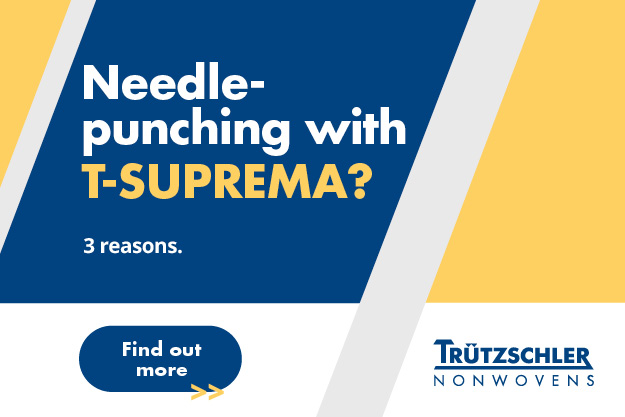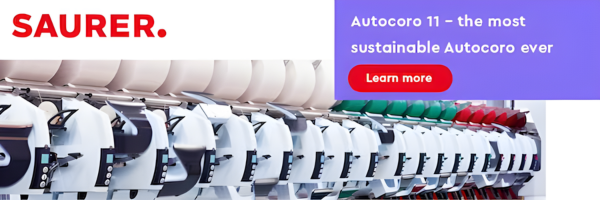The Middle East’s market for non-woven, felt, and coated textile garments is poised for steady growth, with projections showing a compound annual growth rate (CAGR) of 1.0% in volume and 4.2% in value from 2024 to 2035. According to industry forecasts, the market is expected to reach $11.6 billion in nominal terms and 120 million units by the end of 2035, driven by rising regional demand across key sectors like healthcare, construction, and industrial protection.
Strong Growth in Consumption and Production
In 2024, regional consumption rose to 108 million units, up 2.7% from 2023. Market revenues also surged 21% year-on-year to $7.4 billion, indicating strong demand despite global economic uncertainties.
Turkey, Saudi Arabia, and Iran accounted for 84% of total consumption, with Turkey leading both in volume (43 million units) and value ($5.1 billion). Notably, Turkey has seen a remarkable average annual growth rate of 43.1% in consumption over the last decade, reflecting the country’s strategic focus on value-added textile production.
On the production side, the region manufactured 111 million units in 2024—up 5.6% from the previous year. Turkey, Saudi Arabia, and Iran again led the output, contributing a combined 83% of total production. Turkey’s production grew at a CAGR of 45.3%, underscoring its dominant role in the regional supply chain.
Imports Decline in Volume but Surge in Value
Imports of non-woven, felt, and coated garments dropped for the third consecutive year, falling to 5.6 million units in 2024—a 23.5% decrease. Despite this, the value of imports rose significantly to $819 million, indicating a shift toward higher-value or more specialized products. Saudi Arabia remained the region’s top importer, accounting for 62% of total import value, followed by Turkey and the UAE.
The average import price climbed to $147 per unit in 2024—a 60% jump from the previous year—driven by increased demand for high-performance technical textiles. Saudi Arabia recorded the highest import price at $641 per unit, while Qatar had one of the lowest at just $12 per unit.
Export Rebound in Volume but Drop in Value
After years of decline, exports bounced back in volume terms, rising 19% to 8.6 million units. However, export values fell sharply to $121 million—a reflection of declining unit prices and possibly increased competition. The UAE and Saudi Arabia were the top exporters, accounting for 78% of total shipments, followed by Turkey and the Syrian Arab Republic.
Turkey stood out in terms of export price, commanding $49 per unit—the highest in the region. Meanwhile, Saudi Arabia exported at just $6 per unit, indicating a focus on lower-cost, high-volume products. Oman showed the strongest growth in export value over the past decade, with a CAGR of 35.5%.
Outlook: Steady Growth, Strategic Shifts Ahead
The outlook for the Middle Eastern market remains optimistic, with continued demand from domestic and international sectors. However, success will depend on investments in value-added production, trade diversification, and technological innovation to sustain competitiveness and meet evolving global standards.
With countries like Turkey, Saudi Arabia, and Iran at the forefront of consumption and production, the region is well-positioned to play an increasingly influential role in the global technical textile market.
Source: IndexBox Market Intelligence Platform



















